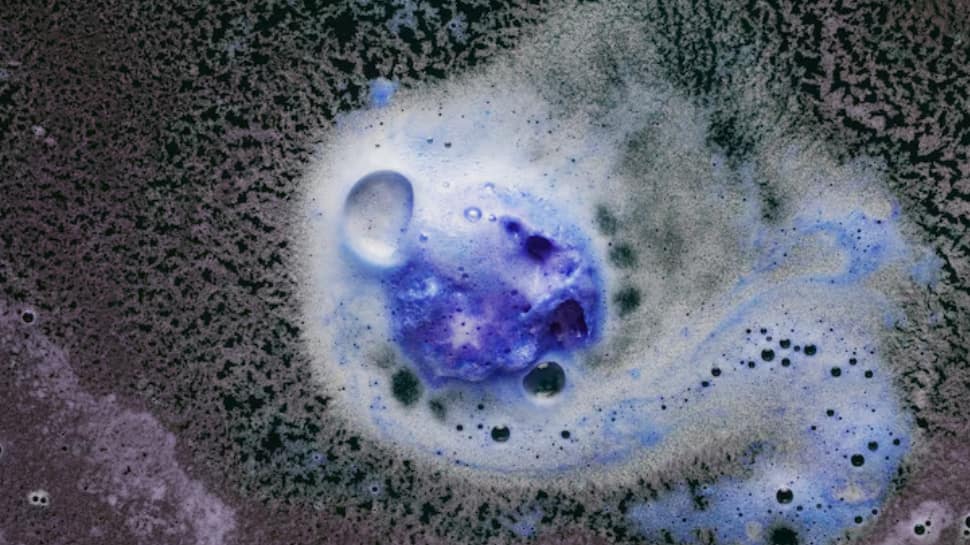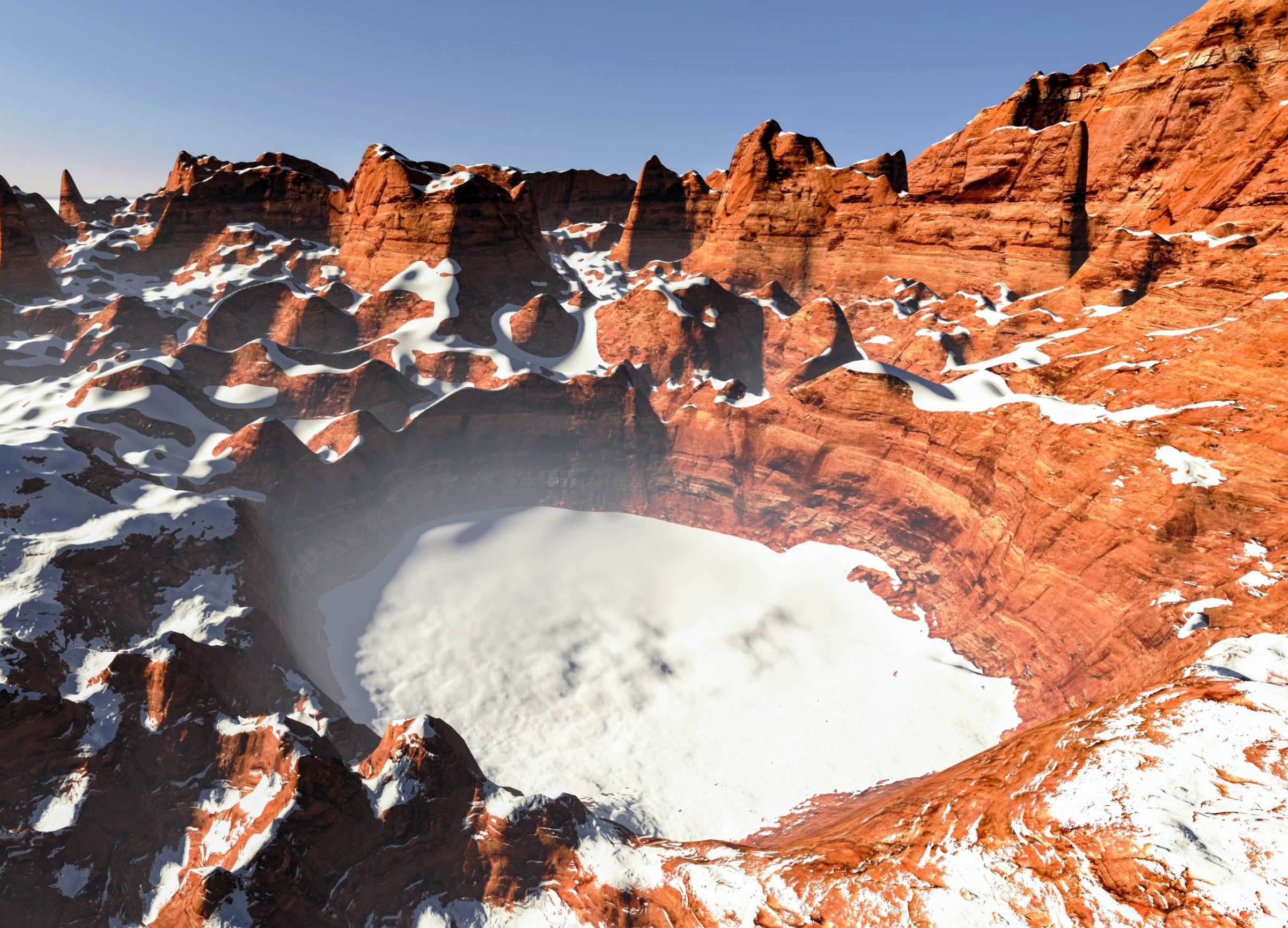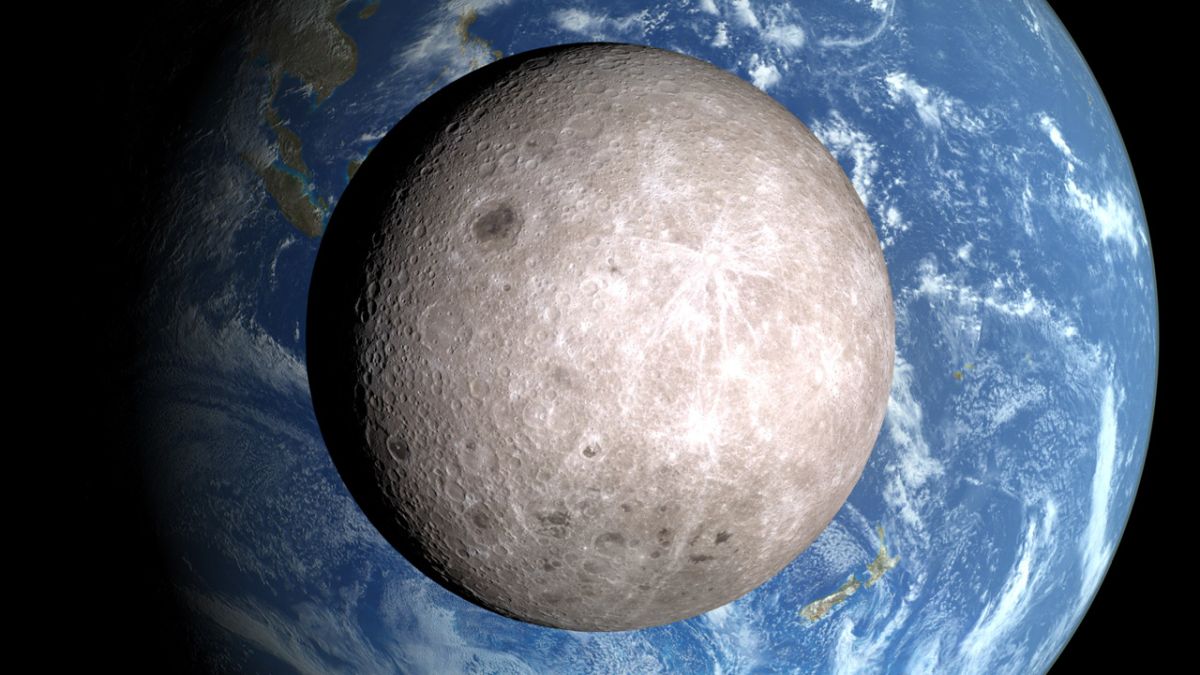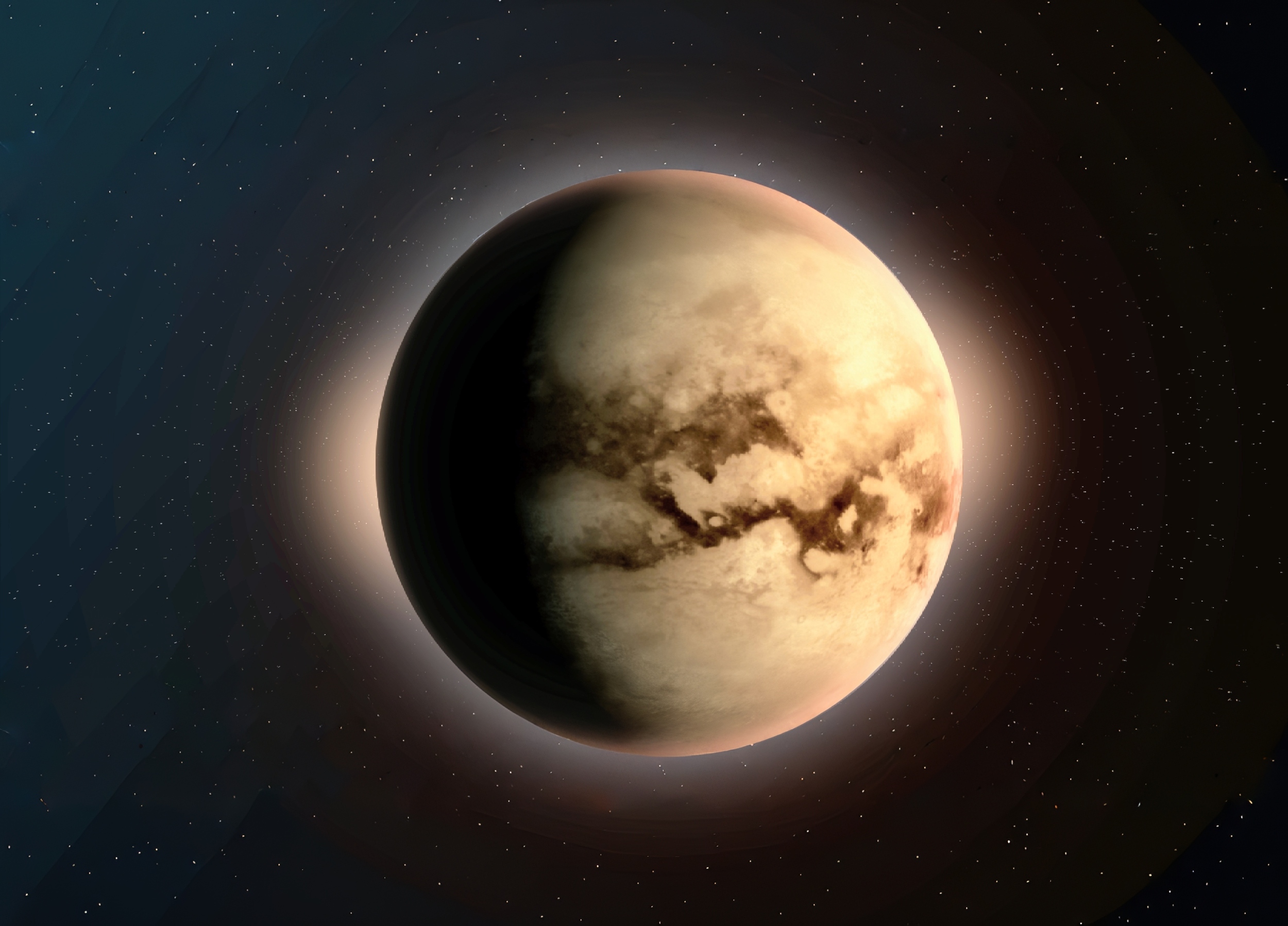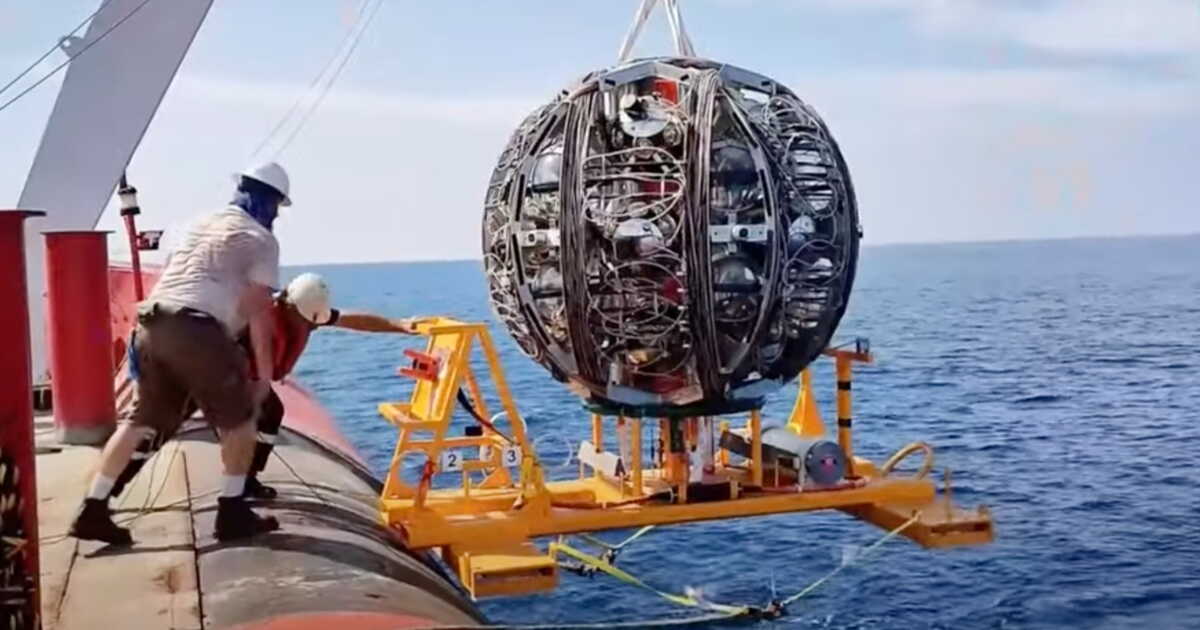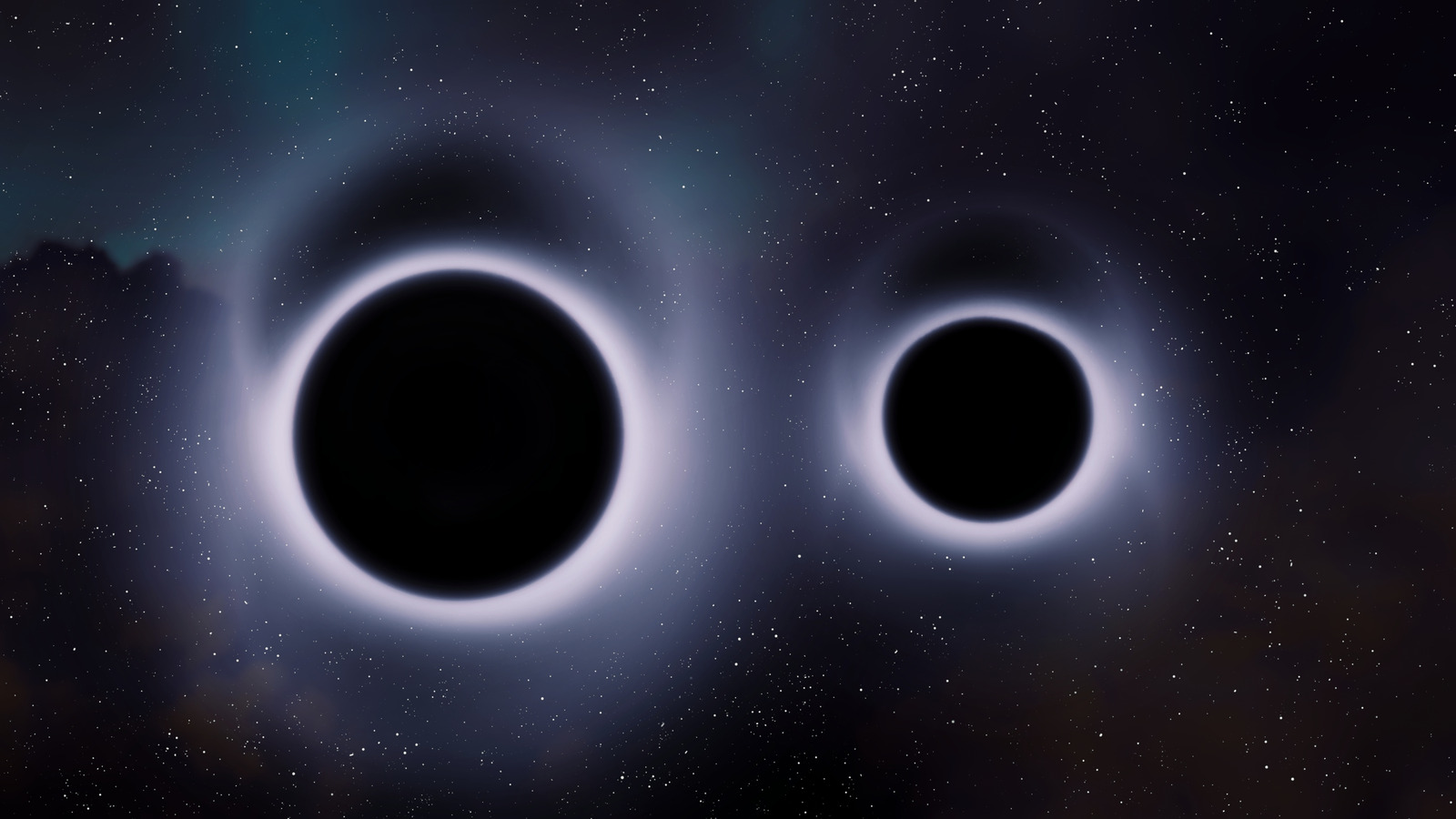Unbelievable Space Debris Falls in Australia: What It Means for Our Planet!
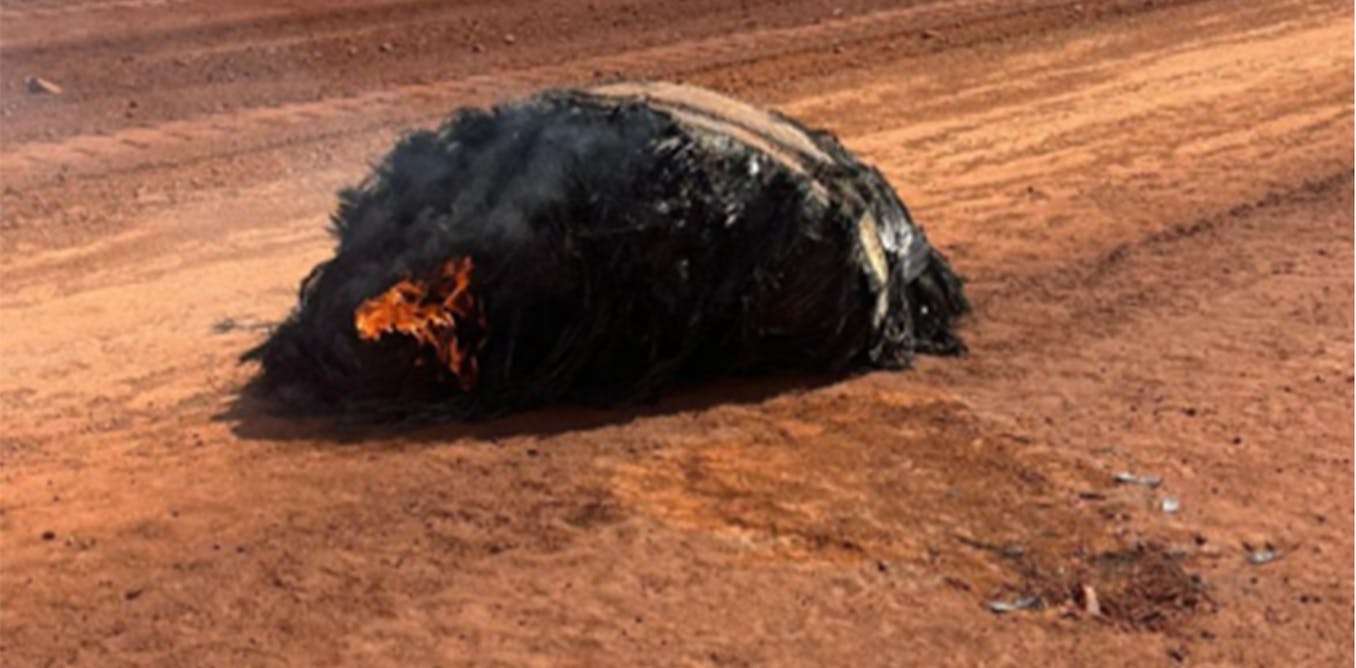
Imagine stumbling upon an object that fell from the sky, engulfed in flames and lying in the middle of nowhere. Sounds like something out of a sci-fi movie, right? Well, this bizarre scene unfolded in Western Australia’s Pilbara region when mine workers discovered a mysterious item on October 18.
The Western Australia police quickly stepped in and revealed that early assessments showed the object was made of carbon fiber, and it resembled space debris previously identified. Experts believe it likely came from a Chinese Jielong-3 rocket, which had launched in September to deploy multiple satellites into low Earth orbit.
Tracking the debris’ origins wasn’t just a wild guess. Space experts noted that the orbital trajectory of the rocket’s fourth stage matched perfectly with the timeline of the debris’ discovery. The Australian Space Agency joined the investigation, indicating that the debris could be a propellant tank or a pressure vessel from a launch vehicle, promising further analysis to confirm its origin.
The fall of this object emphasizes a growing concern about space junk—debris that threatens our atmosphere and safety. The area surrounding Earth is becoming increasingly congested, with over 10,000 active satellites and potentially 40,000 pieces of junk larger than ten centimeters floating around. By the end of the decade, we could see around 70,000 satellites in low Earth orbit, all within a mere 2,000 kilometers.
But what exactly is space junk? Essentially, it includes any human-made materials in space that no longer serve a purpose—think dead satellites and discarded rocket stages. While many pieces burn up upon re-entry, the reality is that we are generating space junk faster than we can manage it. Alarmingly, metals burning in our atmosphere lead to harmful particles that impact our ozone layer.
In most cases, when space junk descends to Earth, it does so uncontrollably. Once a spacecraft runs out of fuel or batteries, it begins to drift, and predicting its final descent becomes a guessing game—most of the time, it’s over oceans or sparsely populated areas. However, there are exceptions, like the Chinese rocket parts that crashed dangerously close to homes in India last year.
One method to tackle this issue is 'passivation,' a strategy that involves depleting any remaining fuel to prevent explosions upon re-entry. Ideally, controlled re-entries are guided to minimize risks, with regions like the 'space cemetery' in the Pacific Ocean designated for this purpose.
Now, the big question: who is responsible for the debris found in Western Australia? According to the 1967 Outer Space Treaty, the country that authorized the launch is liable for any damage caused on Earth. If we confirm it’s from a Chinese rocket, discussions will begin regarding its return or disposal, although the debris appears to have caused no harm.
For the future, improved end-of-life planning for space missions is crucial. We need more effective methods to prevent debris from cluttering our orbit. The standard once dictated that no spacecraft should remain in orbit after 25 years; now, we're aiming for just five years. Innovations are underway, like developing technologies to service satellites and using materials that minimize atmospheric pollution.
The European Space Agency is pushing for the Zero Debris Charter, prompting signatories to commit to becoming debris-neutral by 2030. Although we might see more debris crashing down in the short term, there’s hope that international collaboration and emerging technologies will pave the way for a sustainable future in space.
















